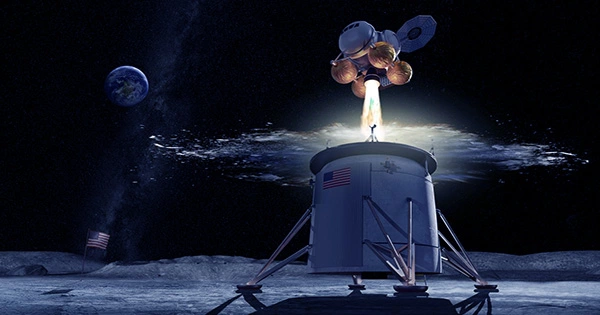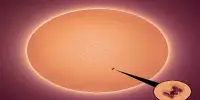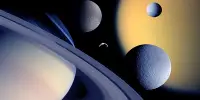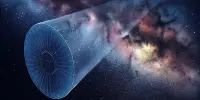Leonardo’s Nerviano center was a destination on the Victory Tour, which NASA, ESA, Airbus, and Lockheed Martin dedicated to those who helped Artemis 1 succeed.
The gratitude of the key players in the new space mission that will send people back to the Moon is being personally delivered by a delegation from NASA, ESA, Airbus, and Lockheed Martin to the various businesses that worked on the Artemis 1 mission. Awards were given to the 80 Leonardo employees from the Nerviano (Milan) factory who made a significant contribution to the mission’s success in order to recognize the professionalism exhibited by everyone involved in the project.
Together with the European Space Agency (ESA), the National Aeronautics and Space Administration (NASA) developed the initiative to bring us back to our satellite once more, but this time permanently. But to also cast your gaze further—toward Jupiter. Using the new launch system (SLS), the mission launched on November 16, 2022, from the Kennedy Space Center, sending the Orion spacecraft on its trip. Orion completed a 25-day mission that included two near Moon flyovers. Prior to a manned flight, the vehicle successfully completed all of its scheduled tests, passing just 130 km above the lunar surface. This allowed it to test all of its systems and confirm their dependability. On December 11, Orion made his way back to the planet, touching down in the Pacific.
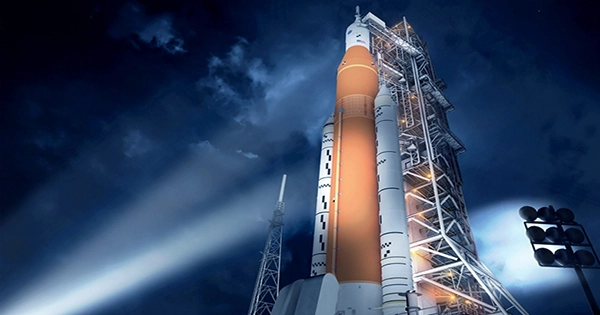
Orion contains the European Service Module (ESM), which will supply future travelers with electricity, propulsion, temperature control, air, and water, in addition to the capsule that will house the astronauts during the trip. The photovoltaic (PVA) panels that make up the four wings of the module, which form the ESM’s essential core, were created by Nerviano. Each of them is seven meters long and can provide the onboard electronics with about 11kW of electricity. Electronic units (PCDUs) that control and distribute electricity to the spacecraft are also produced at the Lombardy site.
During the Victory Tour, the group toured the Nerviano site’s technical areas and saw the birthplace of the technologies that helped the mission succeed in addition to giving awards to workers.
The delegation’s trip to Nerviano was overseen by Giovanni Fuggetta, SVP Divisional Space Business at Leonardo. He stated, “The return to the Moon is a challenge that, as Leonardo, we have enthusiastically embraced, and we are delighted that our partners appreciate and recognise our skills and technologies. With NASA and the European Space Agency, we are honored to be a part of this new chapter in space travel.
The Italian Space Agency’s input to Artemis I helped Italy significantly (ASI). It will play a pivotal role in its growth as well as the global push for a long-term human presence on the Moon and the upcoming mission to Mars. At the corporate level, Thales Alenia Space (Leonardo 67%, Thales 33%), Telespazio (Leonardo 67%, Thales 33%), and Leonardo (Thales 67%, Leonardo 33%) offer a variety of unique skills in the areas of connectivity, robotics, infrastructure, and artificial intelligence.
